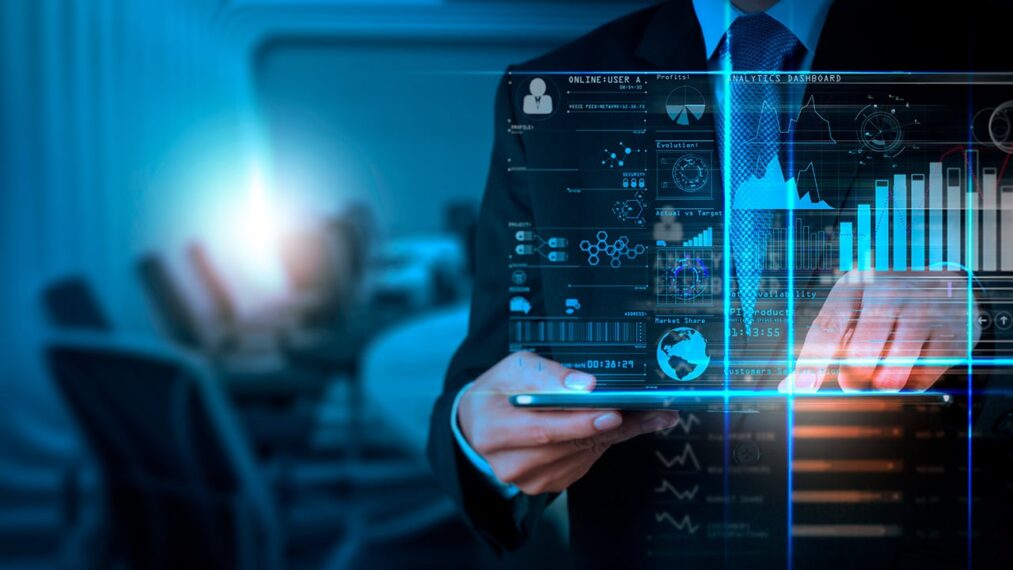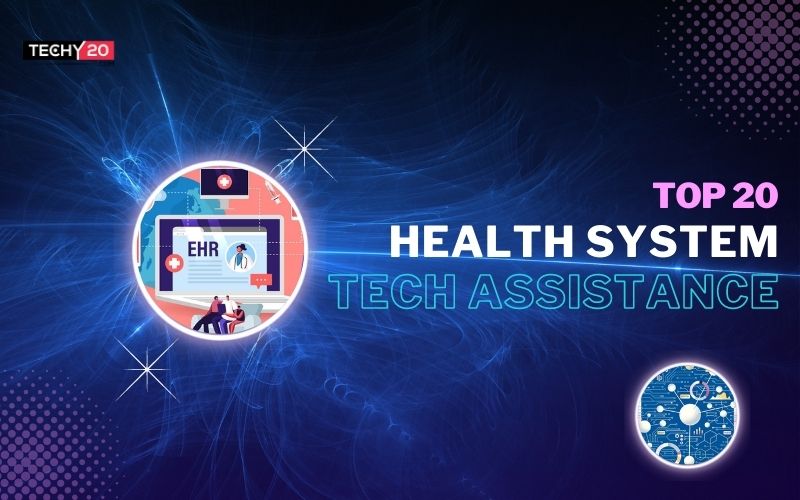Any technology intended to assist healthcare companies falls under the category of healthcare technology. This includes everything from medical gadgets to IT systems to algorithms to artificial intelligence (AI), cloud computing, and blockchain. Throughout the centuries that humanity has practiced medicine, numerous ground-breaking advancements in medical technologies have been created, but few have had the broad-reaching impact or influence of digital technology. The way clinicians carry out their profession has changed dramatically as a result of the dramatic advancements in networking and computers, which have broadened the range of medical therapies available. Technology solutions are assisting executives in enhancing performance, enhancing communication across systems, and managing costs as the healthcare sector faces new challenges. Healthcare technology can improve workflows, automate jobs, and streamline operations at a level that is unachievable for humans alone as organizational demands increase. These solutions are helping healthcare staff improve patient care, foster better experiences, and lessen burnout as hospitals and health systems adopt value-based health reimbursement models. The top 20 health system technical assistance services are shown below.
1. An Electronic Health Record
The substitution of manual medical files for electronic records has been technology’s most advantageous development (EHR). This has transformed the patient-doctor connection because people may now exchange their health history with young doctors and other professionals who always have up-to-date patient information available. Although EHR technology cannot be categorized as sophisticated consumer-oriented technology, the majority of hospitals now have basic digital health records, which is a significant advancement considering that hospitals have been heavily reliant on paper-based documentation for the past ten years.
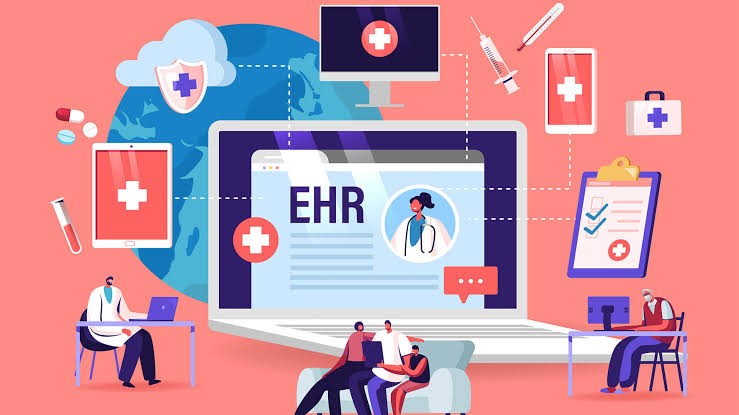
2. Drugs
Clinical trial drug development can cost trillions of dollars and take longer than a decade. The world might be altered if we could make this process cheaper and faster. In the midst of the latest Ebola virus outbreak, an AI-powered algorithm was employed to look for existing medications that could be modified to treat the illness. When such analyses typically take months or years, the team discovered two drugs that may diminish Ebola infectivity in just one day. This is a significant improvement that could result in the preservation of thousands of lives.

3. Natural Language Processing
Naturally, it is essential for medical practitioners to consider every significant piece of information when diagnosing patients. It is easier for doctors to extract all pertinent information from patient reports with the use of Natural Language Processing (NLP). Large data sets can be stored and processed by artificial intelligence, which can then be used to create knowledge databases, make it easier to examine and prescribe treatments specifically for each patient, and otherwise improve clinical decision-making.
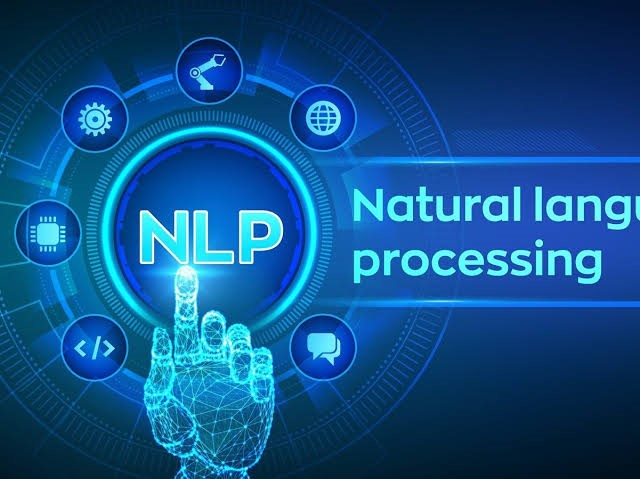
4. Atomwise
Atomwise employs supercomputers to mine a database of molecular structures for treatments. The start-up began a virtual search in 2015 for secure, currently available medications that may be adapted to cure the Ebola virus. Two medications that may considerably lessen Ebola infectivity were discovered and were anticipated by the company’s AI system.
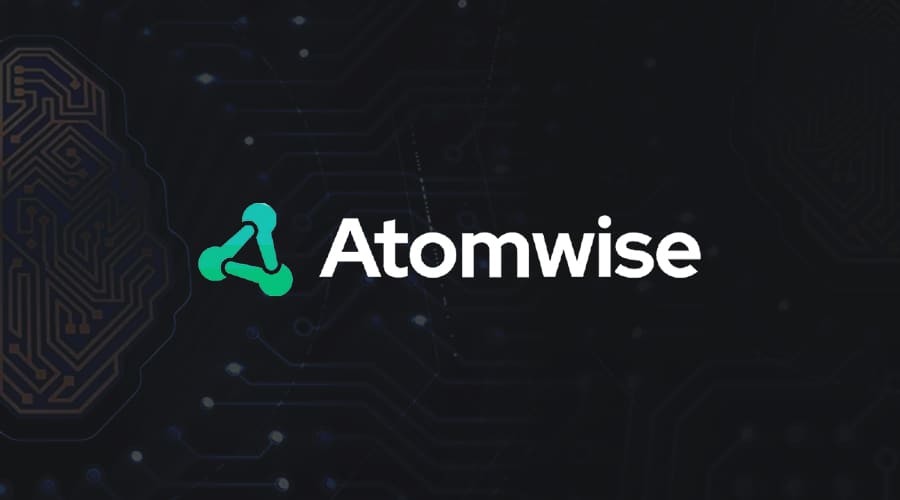
5. DeepMind
An A.I. for analysing breast cancer was recently developed by Google’s DeepMind. Google Health is a UK-based business. Using pre-selected data sets, the algorithm performed 11.5 percent better than any human radiologists in detecting breast cancer.in order to benefit from expertise in fields such as artificial intelligence, app development, data security, and cloud storage.
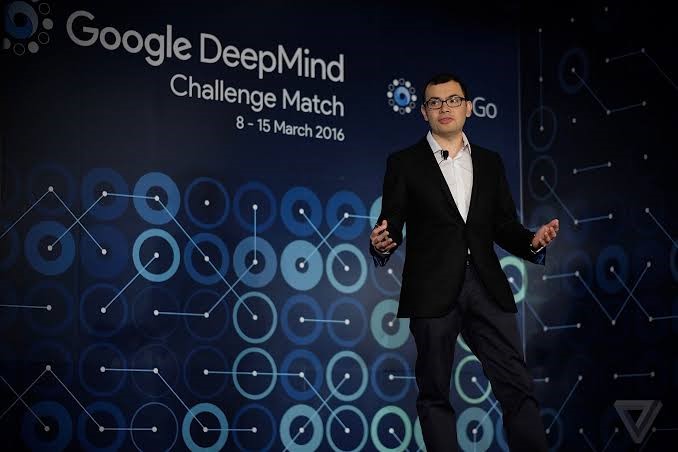
6. Chatbot
The automation of primary care is made possible with the use of artificial intelligence, freeing up doctors to focus on more urgent and serious patients. Medical chatbots, an AI-powered service with clever algorithms built in that give users fast answers to all of their health-related questions and worries while also advising them on how to cope with any potential problems, can help people save money on unnecessary trips to the doctor.
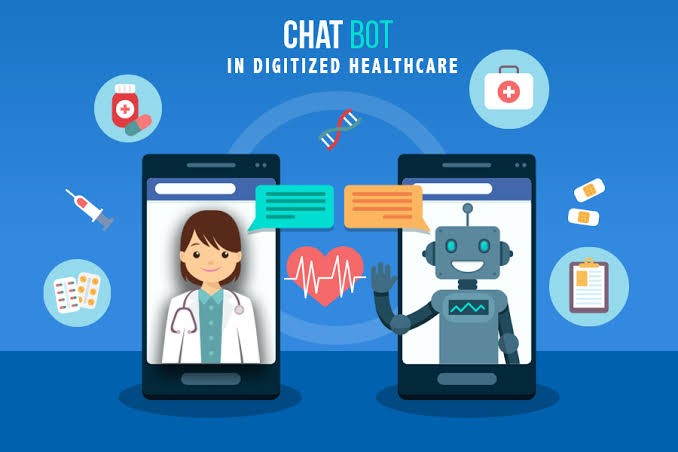
7. Care Angel
These virtual nurses can react to inquiries, assess patients, and offer immediate answers. They are accessible around-the-clock. To reduce the need for unneeded hospital trips, a lot of AI-powered virtual nursing assistant programmes are currently enabling more frequent contact between patients and caregivers between office visits. Through voice and artificial intelligence, Care Angel, the first virtual nurse assistant in the world, can perform wellness check-ups.
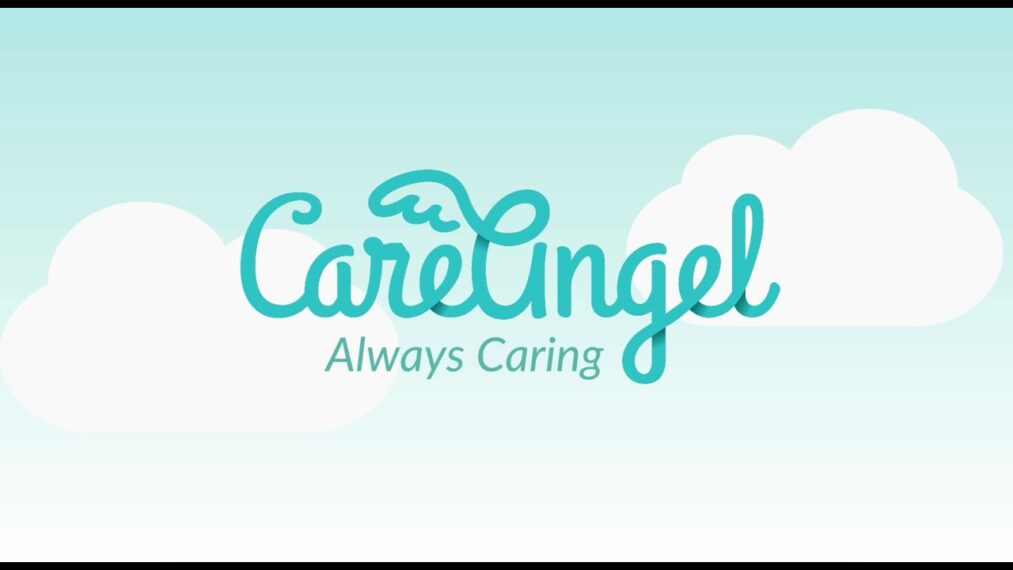
8. Alexa
You may use Alexa to play music, get answers to your inquiries, and operate smart home equipment in a particular room with only a single voice command. A 2016 application for Amazon Alexa was created by Boston Children’s Hospital to provide parents of sick children with basic medical information and guidance. The app responds to queries on drugs and whether certain symptoms call for a doctor’s appointment. Patients can speak with their care team, select not to be disturbed, or allow their care team to remotely monitor their well-being with Alexa Smart Features for healthcare.
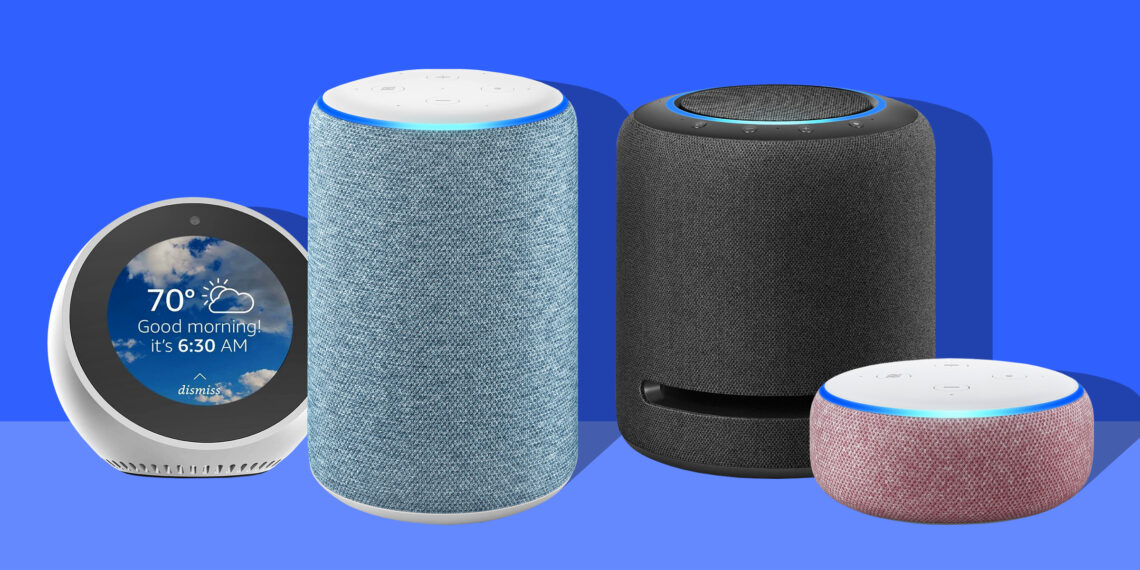
9. Molly
Patient-specific experiences are provided via a virtual assistant powered by AI. It aids individuals in a number of ways, including assisting them in identifying their condition based on their symptoms, tracking their health, making doctor’s appointments, and more. Molly is a virtual nurse created by the startup Sense.ly to assist individuals in keeping track of patients’ health between medical appointments and ensuring that treatments are being administered as prescribed. To assist patients, the application specializes in chronic ailments and leverages machine learning.
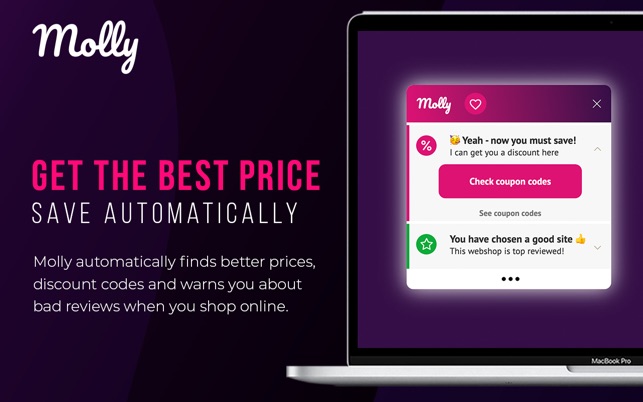
10. Surgery Assistance
AI systems are capable of using information from prior procedures to create novel surgical techniques. The accuracy of these devices lessens the chance of tremors or other unintentional or accidental motions during the surgery. Heartlander, a tiny mobile robot created by Carnegie Mellon University’s robotics department to facilitate heart therapy, and Vicarious Surgical, which manages to combine VR technology with AI-enabled robots so surgeons can indeed perform minimally invasive operations, are two examples of surgical robots.
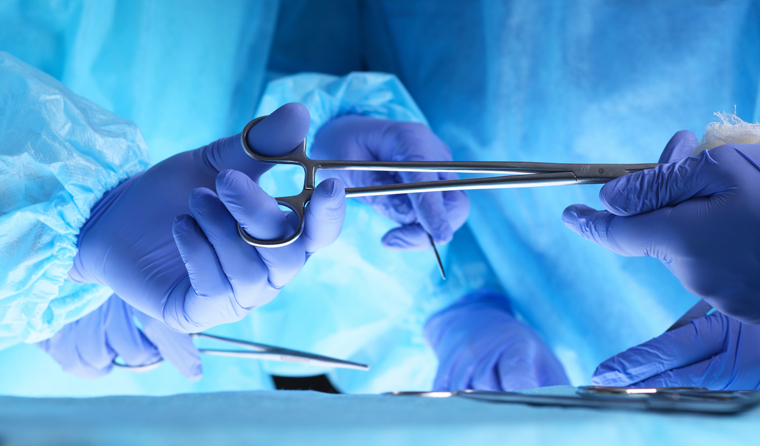
11. HoloAnatomy
When it comes to the medical professions, augmented reality (AR) has the potential to both help medical students better prepare for actual surgeries and improve the skills of surgeons. The Microsoft HoloLens and the HoloAnatomy app are already being used by students at Western Reserve University to study anatomy. By employing this technique, medical students can learn the subject without the use of actual people by using accurate, in-depth, and virtual representations of human anatomy.
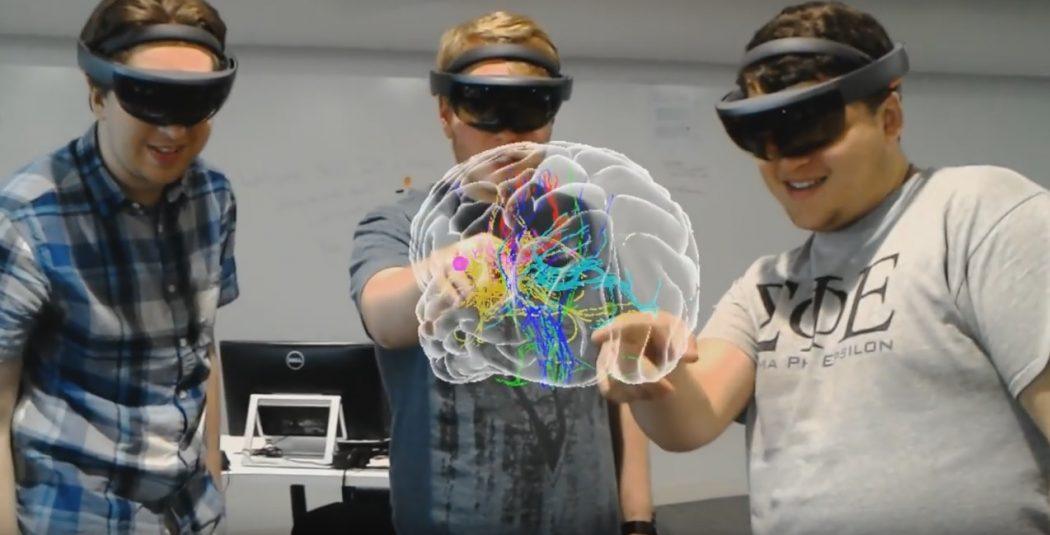
12. PathAI
Artificial intelligence (AI) has the potential to outperform human physicians and aid in the quicker and more accurate detection, prediction, and diagnosis of diseases. The detection of diabetic retinopathy has also shown AI algorithms to be cost-effective and accurate at the specialty-level diagnostic level. For instance, PathAI is creating machine learning technologies to help pathologists make diagnoses that are more precise. Reducing cancer diagnosis mistakes and creating strategies for personalized medical care are two of the company’s current objectives.
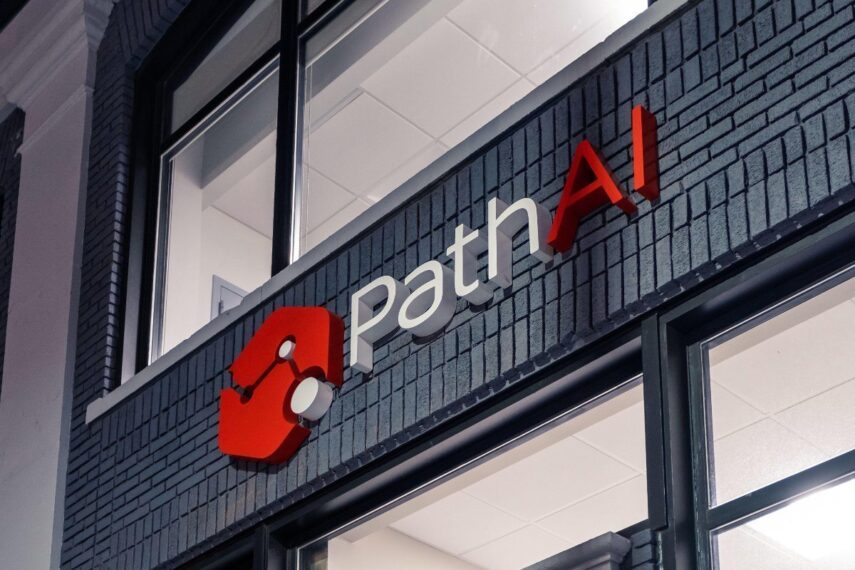
13. Ai Cure
The National Institutes of Health developed the AiCure app for patients to track their medicine use. The webcam of a smartphone is used in conjunction with AI to automatically verify that patients are following their medications and aid in their condition management. Those with major medical illnesses, patients who frequently defy expert opinions, and participants in scientific studies may be the most frequent users.
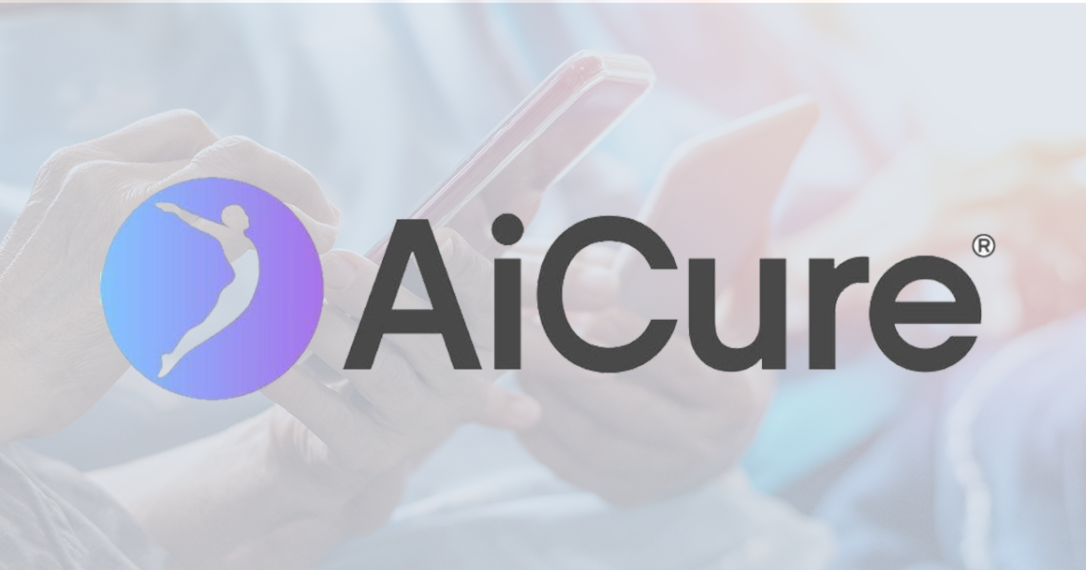
14. Fitbit
We cannot omit health trackers, wearables, and sensors from the segment since the destiny of healthcare and medicine is strongly tied to patient empowerment and people using technologies to take control of their own health. They are excellent tools for helping us understand ourselves better and reclaim control of our lives. The popular Fitbit is used to keep tabs on a patient’s exercise schedule and track their sleep.
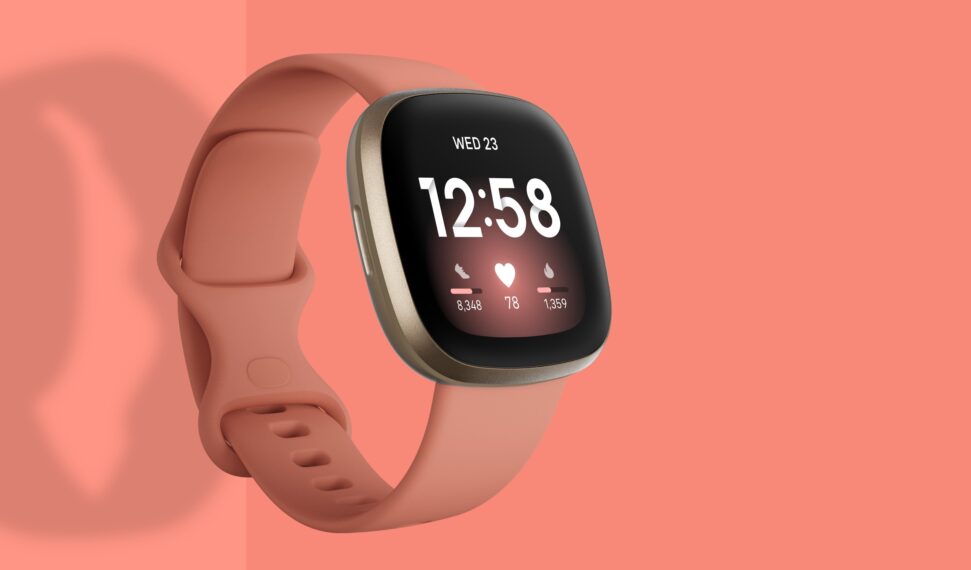
15. Polar H10
Many contemporary cell-phones are compatible with Polar products. The following conditions must be met: iOS 13 or later is required on mobile iOS devices. Devices running Android 7 or later that support Bluetooth 4.0. To monitor heart rate, the Polar H10 uses an electrocardiogram, or ECG. It’s usually the most precise option and works by measuring the electrical pulses your heart produces.
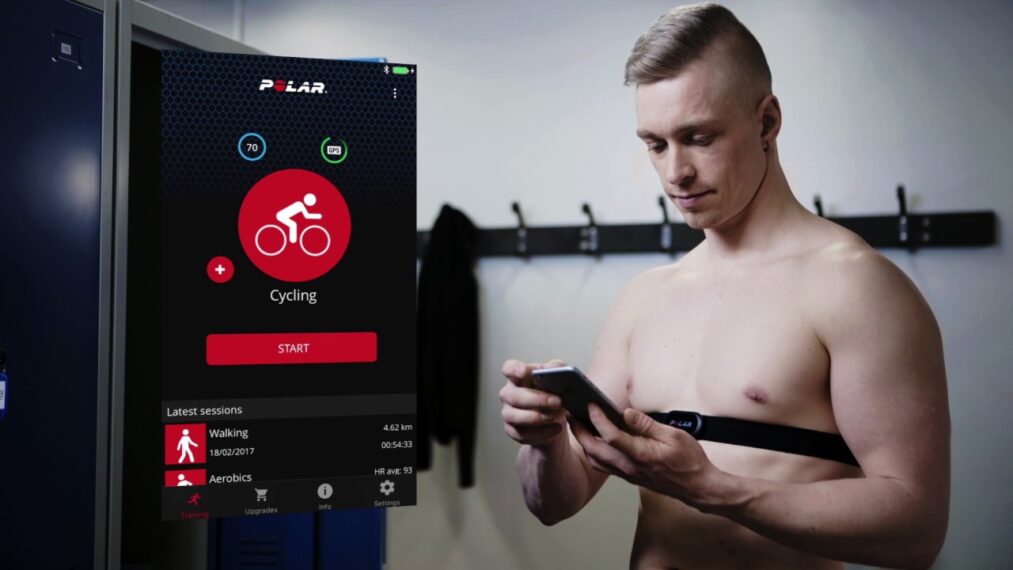
16. Robots
Robots can perform data entry, X-ray analysis, CT scans, test analysis, and other routine jobs more quickly and precisely. The magnitude of information to be analysed might be intimidating and time-consuming in the fields of radiology and cardiology. Future cardiologists and radiologists should focus on the most challenging instances when human supervision is beneficial.

17. Nanotechnology
Scallop-like microbots that can literally glide through your biological fluids were created in 2014 by Max Planck Institute researchers. For non-invasive, patient-friendly colon exams, small, intelligent pills like the PillCam are already being utilized. MIT researchers in the latter half of 2018 developed an electronic pill that can wirelessly transmit diagnostic data or dispense medications in response to commands from a smartphone.
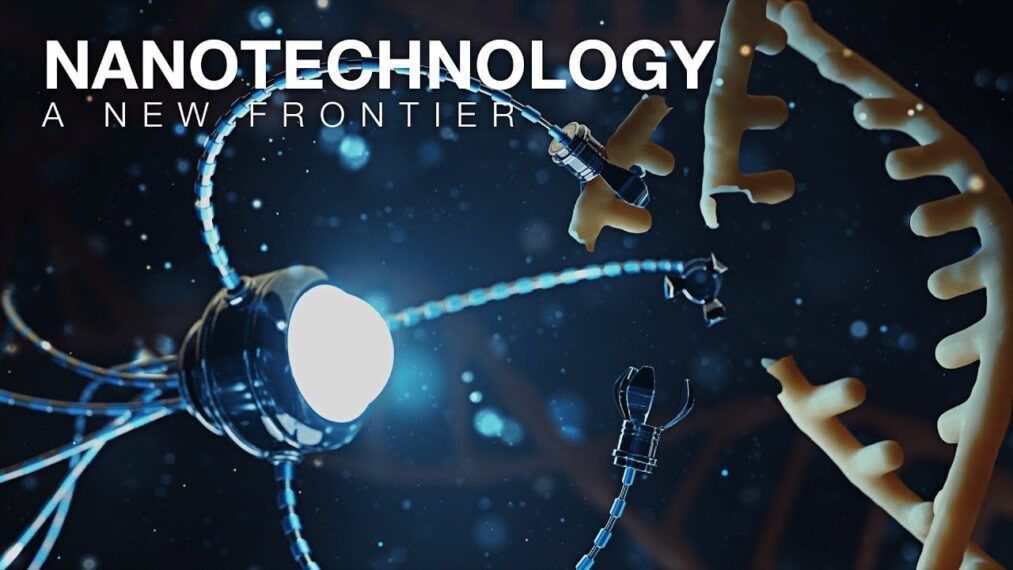
18. Buoy Health
Individuals can get individual healthcare support from Boston-based Buoy Health the moment they have a health problem by using AI technology. This tool that employs algorithms to identify and treat illnesses is the one that checks for symptoms and cures. According to its diagnosis, a chatbot directs a patient to the appropriate care after hearing about their symptoms and health concerns.
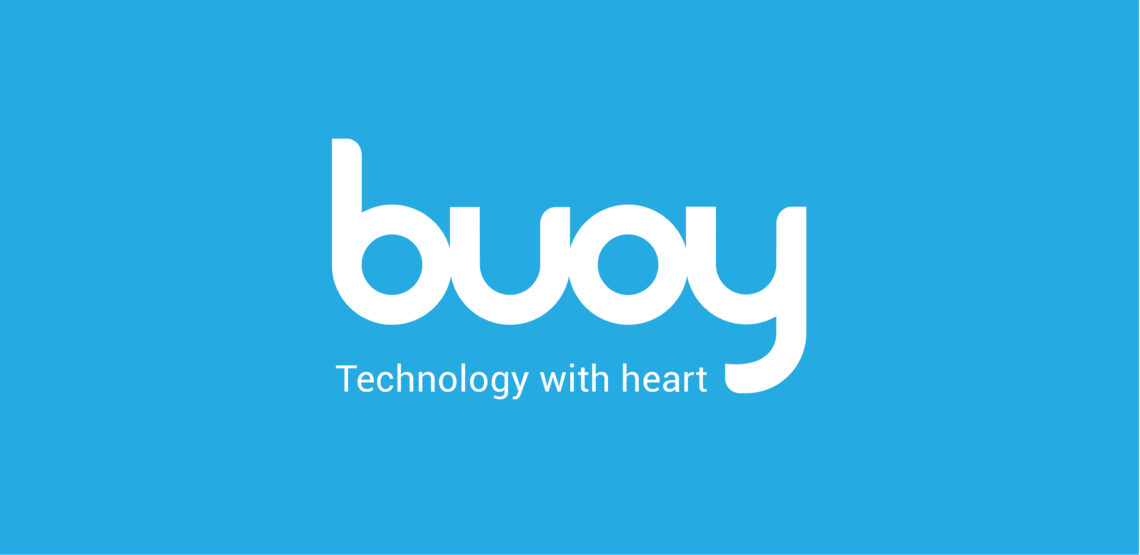
19. Garmin Health
Garmin makes sports watches and activity trackers equipped with heart-rate and GPS sensors for activities like running, swimming, water sports, golf, cycling, and cycling. The platform for tracking, analyzing, and discussing health and exercise activities captured by your associated Garmin device is called Garmin Connect, and it can be used on mobile or the web. It’s not just about data. With the use of digital insights, you can get personalized advice. Finish an activity, and then use automated uploads to thoroughly review it.
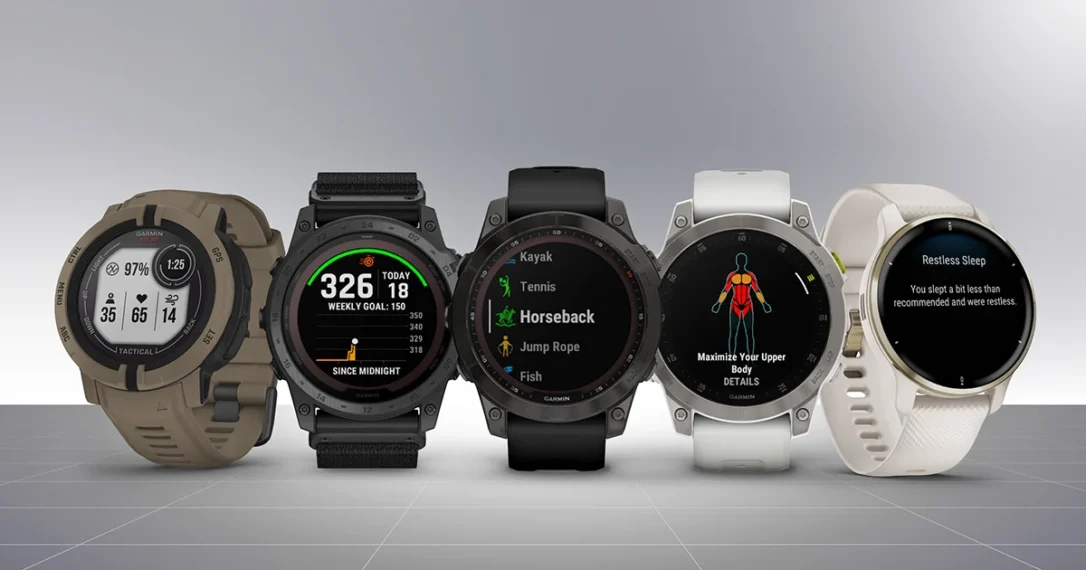
20. Data Analysis
Numerous businesses utilize AI to filter through data to identify ineffective workflows, treatment errors, and patient hospitalizations that are needless. These are just a few of the options AI is providing the healthcare sector. There will be more options for reducing costs, raising accuracy, and saving time as innovation expands the capabilities of automated processes and digital workforces from suppliers like Novatio.
